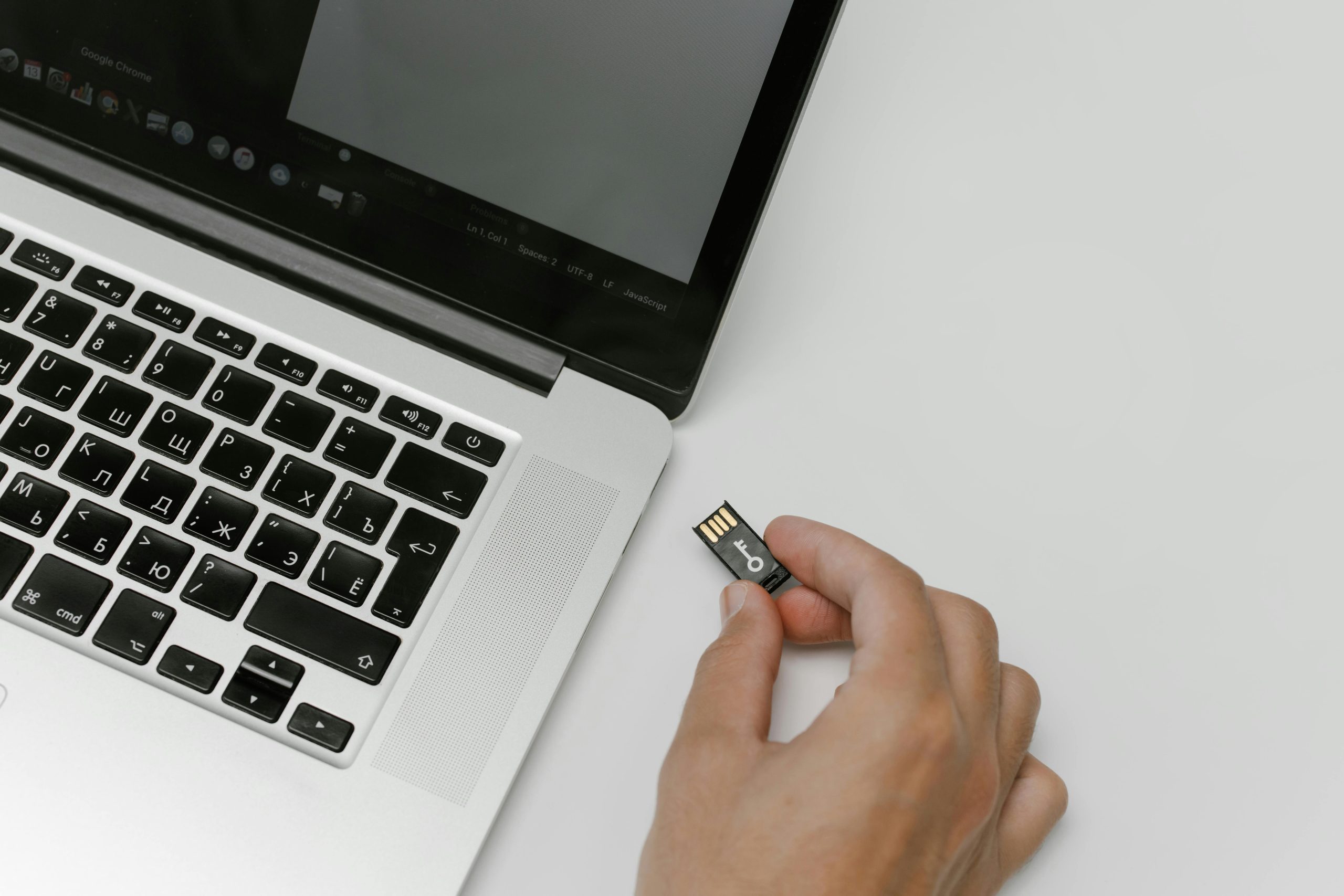How to Resolve SD Card Recognition Issues on Your Windows 10 PC
Encountering difficulties when connecting an SD card to your computer can be frustrating, especially when the device isn’t recognized despite multiple troubleshooting efforts. If you’re using an ASUS M5A78L-M PLUS/USB3 motherboard with Windows 10 and experiencing similar issues, this guide provides comprehensive steps to resolve the problem efficiently.
Understanding the Issue
Your SD card adapter is plugged into a standard USB port, yet the system fails to detect the SD card. This problem typically stems from driver incompatibilities, missing drivers, or hardware recognition issues. Addressing these areas systematically can help restore functionality.
Step 1: Verify Basic Hardware Functions
- Test the SD card and adapter on another computer to ensure the hardware is working correctly.
- Try connecting a different SD card to determine if the issue is specific to one card.
- Use another USB port to rule out port-specific problems.
- Ensure the SD card is properly inserted and not physically damaged.
Step 2: Check Device Manager for Errors
- Press Windows + X and select ‘Device Manager.’
- Under ‘Disk drives’ and ‘Universal Serial Bus controllers,’ look for any devices with a yellow warning symbol.
- If you find an unknown device or driver errors, right-click and select ‘Update driver.’
Step 3: Update or Reinstall Drivers
- Since your system is running a restricted version of Windows 10, it may limit automatic updates; consider manually updating drivers.
- Use Driver Booster or similar trusted tools to scan for outdated or missing drivers.
- Manually download the latest drivers for your motherboard’s USB controllers from the ASUS support website:
- Visit ASUS support page for M5A78L-M PLUS/USB3.
- Download and install the latest chipset and USB controller drivers compatible with Windows 10.
Step 4: Manage Disk Storage and Initialization
- Open ‘Disk Management’ by pressing Windows + X and selecting ‘Disk Management.’
- Check if the SD card appears in the list. If it does, but without a drive letter, right-click and choose ‘Change Drive Letter and Paths’ to assign one.
- If the disk shows as uninitialized or unallocated, right-click and select ‘Initialize Disk’ (ensure data backup if necessary).
Step 5: Explore Hardware and BIOS Settings
- Confirm that USB ports are enabled in BIOS settings.
- Disable USB selective suspend setting in Windows Power Options:
- Go to Control Panel > Power Options.
Share this content:

